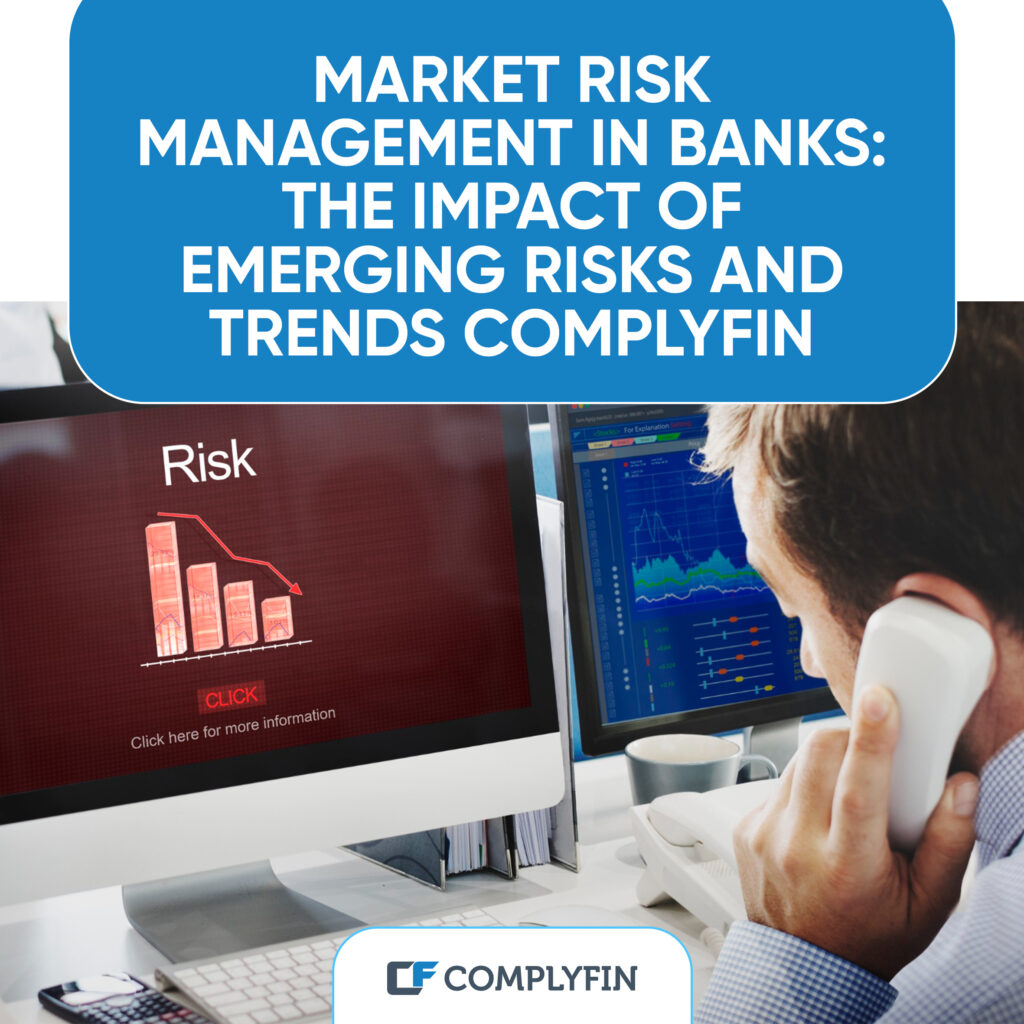The market risk management in banks is an important function that safekeeps financial institutions from losses coming from adverse movements in market variables. The variables have interest rates, exchange rates, equity prices and commodity prices. Good risk management of financial markets is important for keeping the stability of individual banks. The landscape of risk management is evolving, it is mainly shaped by rising risks and trends that demand a dynamic and adaptive approach.
Risk Management of Financial Markets: Traditional and Emerging Risks
The market risk management in banks generally focuses on quantifying and assessing risks that stems from established market banks. Banks utilise several tools and techniques like the Value at Risk (VaR), stress testing and sensitivity analysis. Regulatory frameworks like the Basel Accords also play an important role in upkeep standards for capital adequacy and risk management practices.
The risks are usually characterized by novelty, complexity and potential for systematic impact. Some of the key emerging risks include:
Cyber Risk
The increasing digitalization of financial services has made banks prone to cyberattacks. The attacks can affect operations, compromise sensitive data and this can result in financial losses. Cyber risk is not only operational, it has a large amount of market risk.
Climate Risk
The financial implications of climate change are increasing. Physical risks like intense weather events can damage assets and affect economic activity which can affect market valuations. Transition risks that are related to a low carbon economy can affect the valuation of certain assets and industries.
Geopolitical Risk
Increasing geopolitical tensions, trade disputes and political instability can set out intense market volatility. Unexpected events can spread across international financial markets, this can affect asset prices and investor sentiment. Banks should boost their ability to monitor and respond to geopolitical risks.
Technological Disruption
Advancements in technology like artificial intelligence, machine learning and blockchain gives an equal amount of opportunities and risks. These technologies can enhance efficiency and curate new products. They can also introduce new kinds of risks with the inclusion of algorithmic bias, model risk and potential for market manipulation.
Pandemic and Systemic Risks
Pandemics showcase the interconnectedness of the international financial system and the potential for systemic shocks. Events like these can result in market volatility, liquidity crutches and credit deterioration. This showcases the requirement for stress testing and contingency planning for risk management of financial markets.
Market risk management in banks is undergoing a period of transformation that is driven by the rise of new and complex risks. The effect of cyber threats, climate change, geopolitical instability relays the importance of how banks identify, assess and mitigate risk management of financial markets. Understanding emerging trends like enhanced technology adoption, real time monitoring, data analytics and ESG integration is essential for banks to effectively manage market risk and upkeep their stability. The future of market risk management solely relies on the ability of banks to be adaptive and agile.



